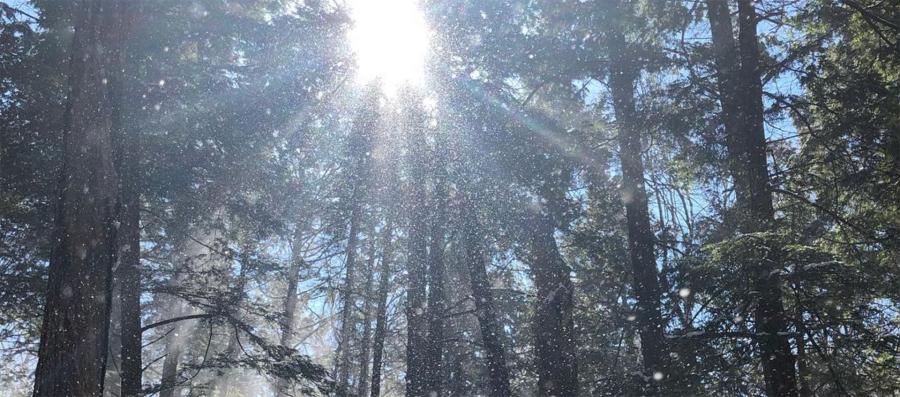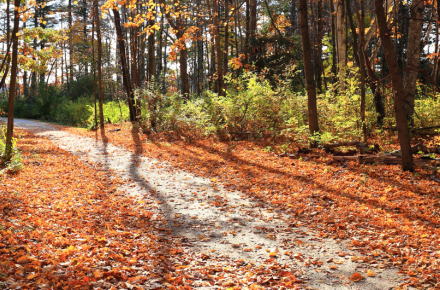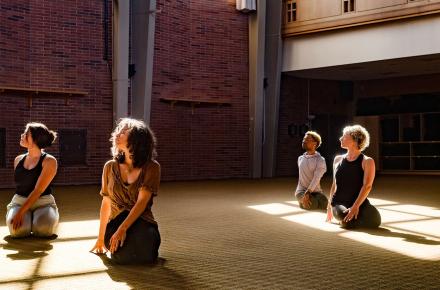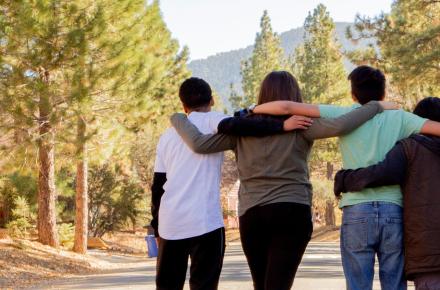Appreciating Trees with All Five Senses


Kripalu School of Mindful Outdoor Leadership
“Living in a tree, I felt balanced right at the center of Creation. I learned firsthand how everything that we can—or cannot—see is interconnected like strands in this web of life.”
—Julia “Butterfly” Hill
Trees are as unique and as individual as any life form on Earth. They provide food and shelter for countless creatures. For human beings, trees have provided fuel for our fires, wood for our tools, and structures and inspiration through their beauty and majesty. Trees have long been symbols of the connection between the earth and the sky elements, and are regarded as sacred among many cultures. Without trees, life as we know it would cease to exist. A part of every breath that we take is the gift of a tree.
Sitting with trees, bringing our attention into the present moment, breathing deeply, and being aware of the life force that moves through us as we breathe—together, these elements create a potent practice. In a forest, one is immersed in an environment that is in constant communication with itself.
Here’s how we can connect with trees through all five senses.
Sound: We can commune with a tree through the sense of sound. Try focusing on the sound that leaves and branches make when they are moved by the wind.
Touch: We can commune with a tree through the sense of touch, by mindfully sensing the texture of the bark, leaves, or needles. We can feel the embrace of the roots in the earth and the strong support of the trunk as we lean into the density of a tree.
Scent: We can commune with a tree through the sense of smell. A balsam forest emits a strong citrus fragrance that can stimulate our emotions. The sense of smell can be an engrossing point of focus for mindful meditation in the outdoors.
Sight: We can commune with a tree by observing its shape, structure, and movement. We can gaze at a tree for some time, simply watching it move in the wind or be navigated by birds, squirrels, or chipmunks. A tree is a world unto itself and each tree, whether we know its name or not, is a mystery that we can never fully know.
Taste: It is possible to experience a tree through the sense of taste. First and foremost, there are the fruits that grown on trees, such as apples. Maple syrup is another gift we enjoy from the trees. And there’s the tea we can make from white pine needles.
How to make white pine needle tea: Gather some white pine needles, drop in a boiling pot of water, and let steep for 1–3 minutes. The tea will smell and taste of the subtle scent and flavor of pine. If you’d like, add a little maple syrup. Allow yourself the time to smell, sip, and savor the experience of this communion with a tree. Through this practice, you bring a little of the forest inside yourself.
Find out about upcoming trainings in the Kripalu School of Mindful Outdoor Leadership.
© Kripalu Center for Yoga & Health. All rights reserved. To request permission to reprint, please email editor@kripalu.org.



















































